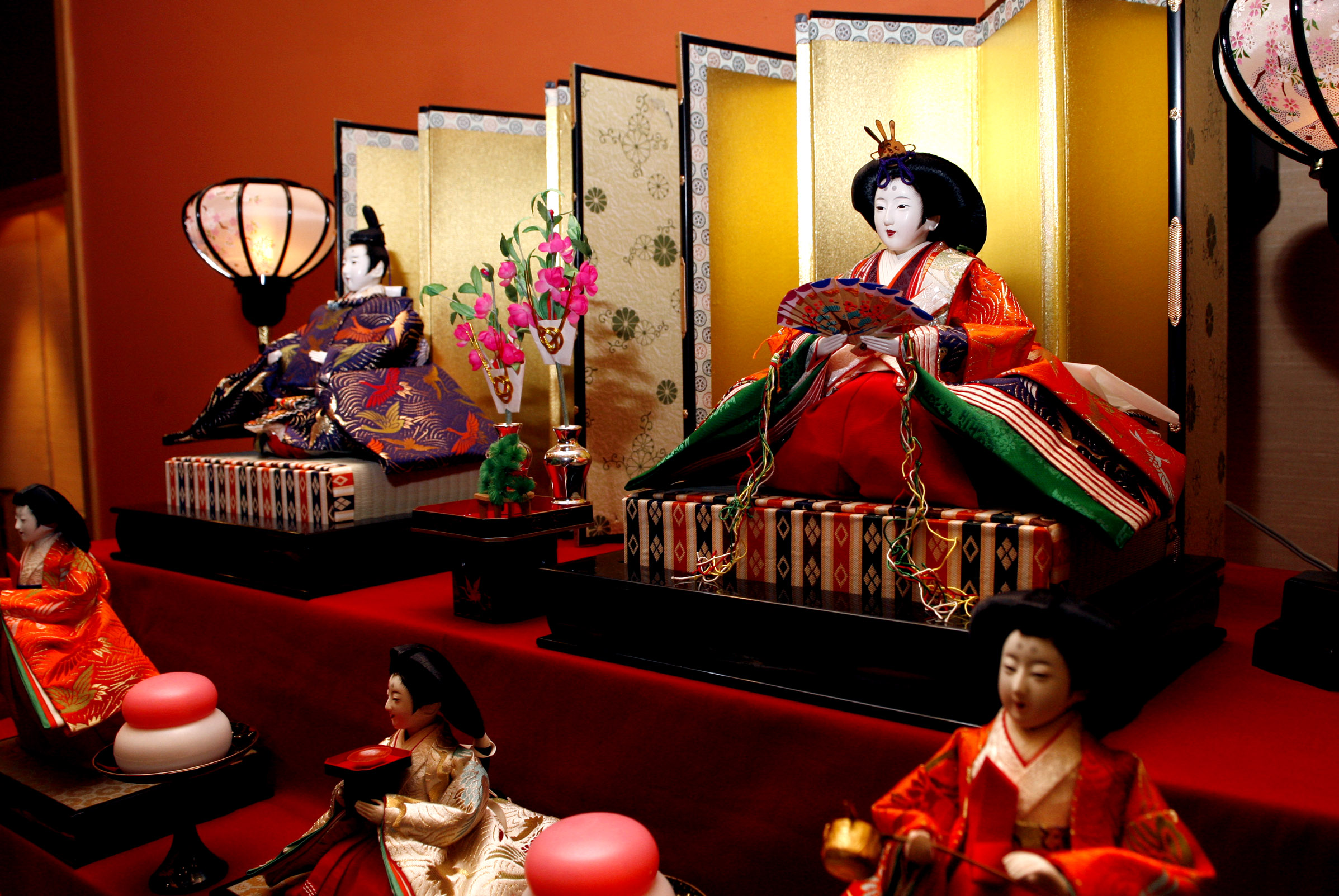Search
-

Setsubun
LessonThe festival of Setsubun—when people throw soybeans at demons—follows closely on the heels of New Year’s. The word setsubun means “changing of the seasons.”
-

Setsubun Festival
EssayThe word setsubun means “changing of the seasons,” so there are four setsubun a year on the day before each new season begins. But because of the importance of the New Year in the Japanese calendar, the setsubun directly before the start of spring was by far the most important and is currently the only one widely celebrated in Japan.
-

Doll Festival
EssayDoll Festival, or Hina-matsuri,is the second of the five annual festivals (gosekku) and is sometimes referred to as Momo no sekku, or the “Peach Blossom Festival.”
-

Celebrating Doll Festival (Hina-matsuri)
LessonA unit designed to introduce students to Doll Festival, or Hina-matsuri,which is the second of the five annual festivals (gosekku) and is sometimes referred to as Momo no sekku, or the “Peach Blossom Festival.”
-
Timeline of Religion and Nationalism in Meiji and Imperial Japan
ResourceA timeline of religion and nationalism in Meiji and Imperial Japan.
-
Shifting Perceptions: Japan and the World in the Late 19th Century
LessonThis lesson concentrates on enhancing students’ ability to utilize documents such as maps, artwork and primary source materials to interpret history. This is accomplished via an investigation of changing perceptions of Japan by Asia and the international community as a result of Japan’s changing political and social landscape following the First Sino-Japanese War.
-
Changing Times, Changing Styles: New Japanese Literary Styles of the Late 19th Century
LessonKunikida Doppo’s story, "Unforgettable People," provides an example of a style of Japanese literature that developed in the 1880s and 90s as a result of encounters with European literature and other changes in the Japanese lifestyle related to the Meiji Restoration. The author(s) of this lesson suggest ways in which a discussion of the impact of this type of cultural contact may be introduced into the classroom.
-
Individual and Society: Natsume Sôseki and the Literature of the Early 20th Century
LessonThe place of the individual in society is a significant issue in understanding Meiji Period Japan. In reading and discussing the novel Sanshirô by Natsume Sôseki, students will consider the ways in which Japanese writers of the period reflected larger societal trends, and, more generally, how individuals react to societal change.
-
The "I" Novels in the Context of Early 20th-Century Japan
LessonFocusing on developing students’ understanding of how a writer's background affects the way he or she writes about personal experience, this lesson utilizes the literary works of Shiga Naoya and Hayashi Fumiko to show how “I novels” provide insight into both the authors’ backgrounds as well as their reflections on problems of human existence and social life.
-
Akutagawa Ryunosuke and the Taisho Modernists
LessonThe modernist literary movement is commonly characterized by experimental styles and themes. Literature produced in Japan during the Taisho Period shares many characteristics with this global movement, as students will discover by analyzing literature from this period such as Akutagawa Ryûnosuke’s short story "In a Grove," (1922) as well as Kurosawa's film Rashômon (1950), a later film based on Akutagawa’s works.
Displaying 201—210 of 234

